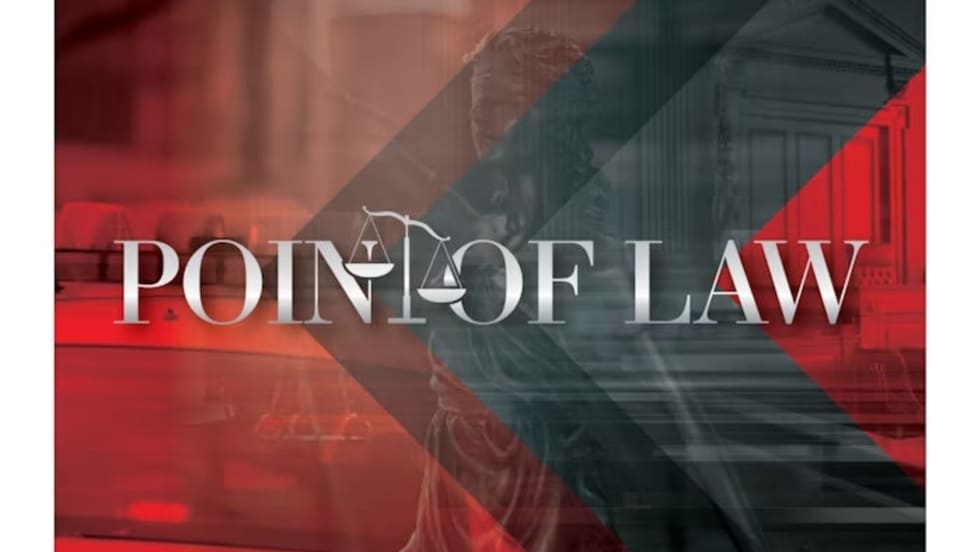The information contained in this article does not include all of the requirements or precautions that officers need to take in order to carry a concealed firearm in another state or jurisdiction. I strongly advise that you seek legal advice or consult with a local law enforcement agency if you are planning to move to or visit another state and carry while in that area.
The Law Enforcement Officer Safety Act (LEOSA) was enacted in 2004, and then amended in 2010 and 2013, to extend active and retired law enforcement officers the opportunity to carry a concealed firearm in all 50 states, the District of Columbia, and all U.S. territories as long as they meet certain requirements. It was designed to make both the officers and the public safer. Unfortunately, despite what the law was intended to do, it’s never been that simple.






